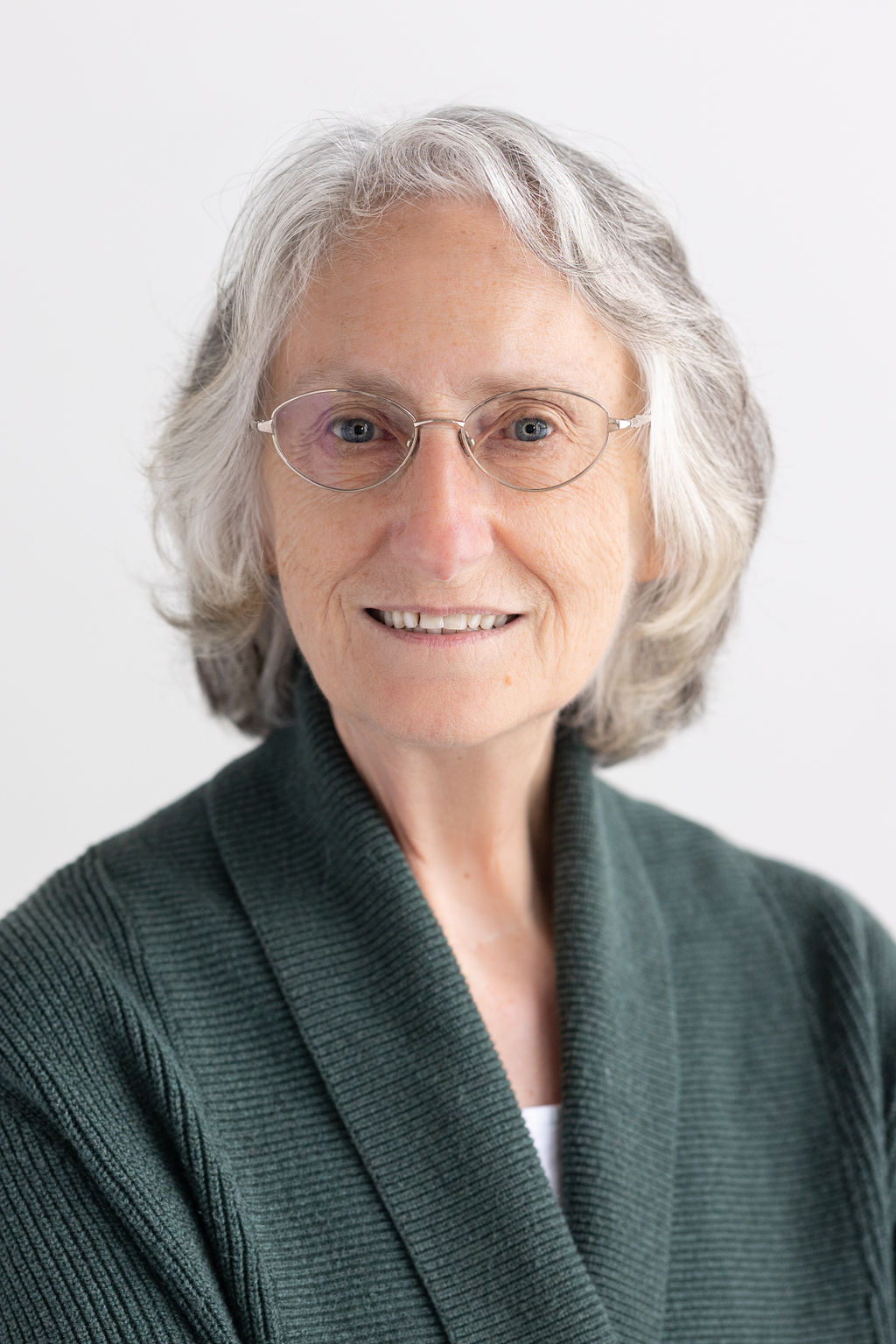
Living in Woodhaven, Michigan in the 1970s and 1980s, my husband, young son Craig, and I were in a homogeneous bubble. Maybe a person of African or Asian heritage lived somewhere nearby, but I didn’t know. Our town was basically a bedroom community of Detroit and we left it to go to work every day and returned home every night, and I was too busy to think about this. I was coping with a full-time job in Canada (right across the border), slowly dying parents in Canada, a small child, and a husband who worked 80-100 hours a week. I was basically “it” most of the time.
One day, at the ATM, a card appeared above the machine. The writing was in calligraphy, but I gathered it was there to help non-English-speaking people understand how to use the device.
Shortly after, we had an influx of people from Japan. The first Mazda plant in the US was built in Flat Rock, Michigan, the town that abutted ours, and most housing was in Woodhaven, so that’s where people came to live. A sushi restaurant arrived shortly after that and locals visited more as a “curiosity” than anything else.
One day, I went out to our garage to find my small son (about 5) playing with a little boy I’d not met before. His name was “Tommy” Park. I suspect “Tommy” was a name his parents gave him on arrival, but Park is a common Korean family name. The boys were having a good time building something out of pieces of wood and bricks that were lying around. I left them to it.
Tommy visited fairly often after that and picked up enough English language to communicate with us in conversation. An argument for teaching multiple languages to children when they’re young.
About a month or so later, when the boys were in the garage, I heard raised voices and realized a new voice had joined the fray. I went out to find a new boy ordering Tommy to go home. “We don’t want you here.”
I put a stop to this and explained that everyone was welcome at our house as long as they played nicely and were polite to each other. The new boy was having none of this. He wanted to play with the bricks and boards, but Tommy had to go.
I didn’t understand fully at the time, but I made it clear that Tommy wasn’t going home unless he chose to, that I was happy to have him at our house, and that Craig and Tommy had fun together and liked each other. If the new boy didn’t like that, ‘he’ could be the one to go home.
Which he did. He turned on his heel and left. Sadly, Tommy chose to leave shortly after that. I’d learned where Tommy lived by this point, so I visited his house to talk to his mother about the incident. She spoke practically no English, but, later that evening, Tommy’s father knocked on our door. He wouldn’t come in at my invitation, but stayed on the porch. He told me that Tommy wouldn’t come again and I tried to explain that Craig and Tommy had a good time together and I was happy to have Tommy. He just repeated that Tommy wouldn’t come again.
I talked to people and read about the relationship between Korea and Japan, which was where the new boy was from. The Japanese boy, whose name I never learned, had picked up on the antipathy of the Japanese to the Koreans.
This dislike is based on politics and history, heightened by the North Korean abductions of Japanese citizens and a territorial dispute between Japan and South Korea over a group of little islands called the Liancourt Rocks.
This trickles down. Four- and five-year-olds don’t understand, but they pick up on it and it becomes their baggage, too. The baggage people bring with them to their new countries along with their clothes and toothbrushes.
I’m an immigrant, too. I came to the US in 1971 and, even now, I periodically wonder what baggage I’ve brought with me that I didn’t know was lurking in my suitcase.
